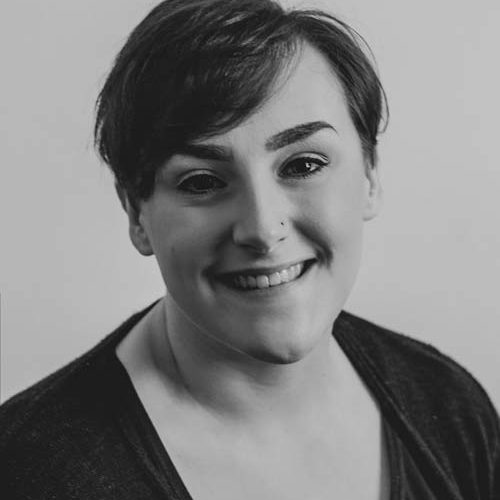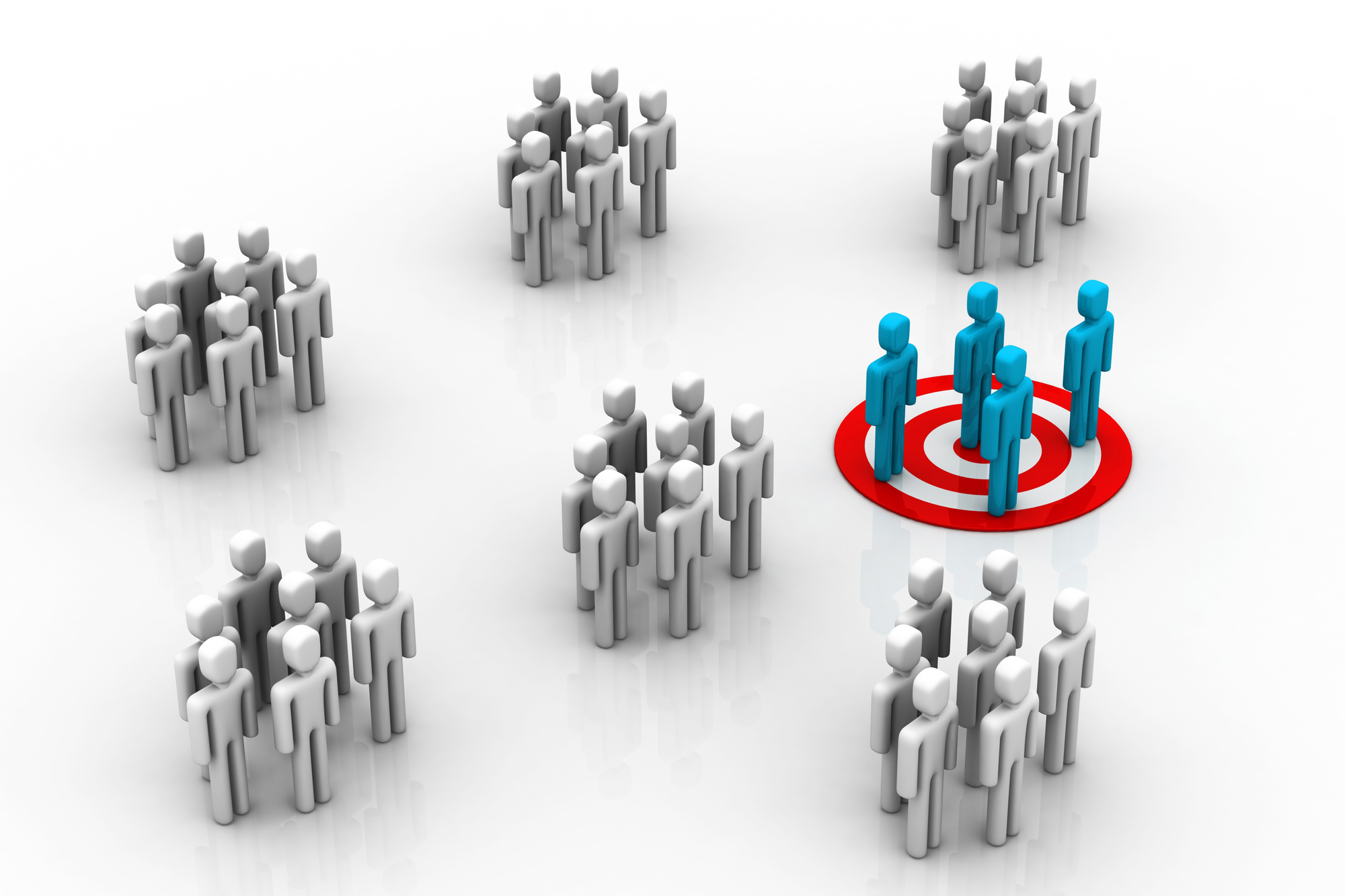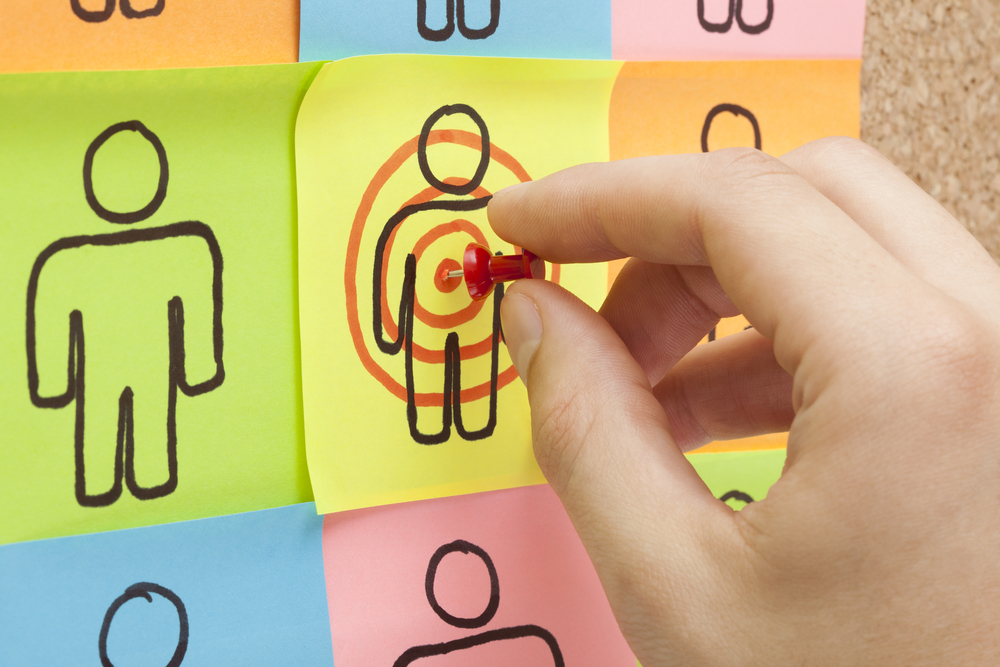Running customer focus groups is a really effective way of getting to know your customer. It can help you understand how they engage with your brand and plan some targeted advertising and marketing strategies.
This article provides information about customer focus groups and gives advice on how to run and use them effectively.
Why are customer focus groups useful?
Customer focus groups improve the knowledge of your market. The better you understand your customer or customer groups, the more effectively you will be able to sell to them.
Customer focus groups give you the chance to really delve into the customer psyche. You can ask them questions and ultimately find out what your customers think of your brand, product or service.

Whilst tools like surveys provide the quantitative data needed to understand your market, customer focus groups provide the juicy qualitative answers.
So, how do you make sure you're running customer focus groups effectively?
Set clear aims from the start
When developing a focus group, it is important to start with a set of clear focus group aims.
You should develop a clear set of research objectives, or things you want to learn from running your customer focus groups.
For example, you could be using them to:
- Understand how your brand image is coming across to customers
- Trial a new product or price point and get feedback from customers
- Understand how to improve the customer buying journey by talking to previous customers
- Research your target audience to better understand how to sell to them
- Gather responses to a new piece of advertising or marketing, to find out whether it resonates with your target audience and whether the material is clear/easy to understand
Select a variety of relevant participants
When running customer focus groups, it is important to select a wide range of relevant respondents. You should decide who you want to interview based on your focus group aims.

For example, if you are a clothing brand and need to understand how to sell to teenage boys, you should select a variety of respondents who fall into this age bracket and gender. Running customer focus groups with middle aged women on the other hand would not be representative of your target market and the results obtained would be of limited use.
When selecting participants, you should take a wide sample to make sure that you're covering all viewpoints. If your aim is to understand how to improve your customers' purchase experience, you shouldn't just speak to the satisfied customers. You can learn just as much, if not more, from unsatisfied customers.
Running customer focus groups with customers who did not have a good experience with your company can help you to understand why that happened, and to find areas for improvement. Understanding the unsatisfied customer can help you to improve future buying experiences, as well as reducing complaints and dissatisfaction.
Segment each focus group by participant type
When running a focus group, you only have a limited amount of time to cover lots of questions and topics. You therefore want to limit the amount of off-topic discussion within each focus group and to keep your respondents on track at all times.
To make the best use of time when planning your customer focus groups, it is usually more effective to group participants into types.
As an example, I have recently been involved in running a focus group to determine the UK population's views on Brexit. Here, respondents were grouped both by age bracket and whether they voted 'Remain' or 'Leave.' The strategy behind this decision was that without grouping respondents into Remain and Leave, participants could spend valuable focus group time bickering. Or perhaps would not feel comfortable enough to share their opinions.
Pragmatic Institute recommends:
Think through the dynamics of the group you're assembling - who the personalities are, what perspectives each brings to the discussion, what issues they are likely to raise and so on - and balance the mix accordingly. Tailor your invitee list to your requirements to ensure the right level of discussion and the best opportunity for meaningful results.
Limit group size
You should bear in mind that the fewer participants you have per focus group, the more detailed information you will be able to gather.
If you speak to 1 person for 1 hour, you will be able to be much more detailed in your questioning, and receive more detailed responses. Speaking to 10 people for one hour will limit both the number of topics covered and the level of detail in participant response.

It can also be useful to invite more participants than necessary to factor in the no-shows!
When planning the size of your focus groups, consider your research aims. If you need more detailed, qualitative responses, try limiting your group size. For more quantitative results, you can include more participants in your groups.
Use a relaxed and informal setting
According to Angel Fish, a leading focus group provider,
It is important to help focus group participants feel comfortable right away by establishing a warm atmosphere.
There are many ways to create a relaxed atmosphere, such as:
- Properly introducing yourself at the start of the focus group, and encouraging any participants to do the same.
- Offering snacks or drinks to participants
- Informing participants at the start of the group that you are a neutral party.
- Reassuring participants that you are interested in positive and negative responses
- Reassuring participants that there will be no judgement
Participants are far more likely to respond openly if they feel relaxed and comfortable.
Use an open questioning style
Firstly, it is important to ask open-ended questions rather than closed questions which only prompt the customer to answer in a set way.
For example:

This ensures that the customer is not in any way encouraged or discouraged to provide a particular answer. It also gives them scope to provide a more spontaneous and detailed answer than a simple ‘yes’ or a ‘no’.
You should also ensure that all of your questions and responses remain neutral and non-judgemental. Whether the respondent is expressing a positive or a negative opinion, you should not react in either a positive or negative way.
The respondent should feel comfortable enough to express any opinion without the fear of offending, and without being skewed by positive reinforcement. You could consider using an independent focus group moderator, someone who does not work for you or your company in order to limit biased or sugar-coated results.
Creative questioning
It can be useful to use creative questioning in customer focus groups; questions which spark creative and open discussion. This style of questioning encourages participants to think and respond creatively.
Some examples of creative questions I have used include the following:
- Imagine the brand as a person. What would their characteristics, appearance and demeanour be? How would you respond to them? Would you get on well with them, or not?
- Imagine the brand is hosting a party. What would the atmosphere be like? Who would be invited? What time would the party finish?
- Imagine the brand is a planet. Who would live there? What would the scenery be like? What would the atmosphere be like? Is it a place you would want to live, or not?
These sorts of questions can be really useful in determining the gut reaction of participants, as well as initiating some really detailed responses.
Create an empathy map
As a questioning framework, it can be useful to use empathy mapping.
According to Solutions IQ:
An empathy map is a collaborative tool that teams use to gain a deeper insight into their customers, much like a user persona.
Empathy mapping helps you to dig into the customer psyche, and to identify all of the micro-moments along the customer journey. Discovering this information can help you to understand and recreate what an ideal buying experience looks like for your customers.
Bear in mind that you can create empathy maps for different groups of customers within your industry, in order to understand the differences between them.
With empathy mapping, you can plan and sort questions and responses using the framework shown below:

For more information on empathy mapping and examples of questions based on this framework, take a look at our empathy mapping article.
Write a comprehensive report
Once you have completed your customer focus group, you will need to write a comprehensive report with your findings.
To help you to do this, it can be useful to record your focus groups and to get the recordings transcribed (having obtained the prior consent of participants, of course!). It is far easier to read through transcribed text than it is to listen to hours of recordings.
Remember to include a mixture of statistics (quantitative) and detailed participant responses (qualitative) to produce the most effective report.
Tie in your focus group aims
After conducting all of your customer focus groups and reported your findings, you should tie everything back to the aim of your focus group.
- If your goal was to test a new piece of advertising, report on how well respondents engaged with or understood the material. Include in the report any suggested changes or improvements made by participants.
- If your goal was to improve the customer buying journey, you can report participant feedback and suggestions for improvement.
Tying the results of your customer focus group back to the aim you set at the beginning of the process will ensure that your reports remain relevant and useful.
Create Customer Personas
It can be useful to use focus group findings to create a number of ideal customer persona profiles or avatars. These profiles track all of the characteristics, needs, behaviours, frustrations, buying patterns etc. of the customers within each of the subsets of your market.
Findings from focus groups can help to clarify many areas - for example:
- The needs, desires, goals and frustrations of your different customers and customer groups.
- How to speak to your customers most effectively.
- Where to place your advertising to maximise visibility and engagement.
You can even create personas of the unsatisfied customers, in order to understand how to optimise your selling process and limit the number of customers falling into this group.
Through customer personas you can create some really targeted and effective marketing or advertising which increases conversion rates and ultimately, sales.
Check out our article for more information about creating customer personas that convert.

How can we help?
Cambray are an experienced marketing and research agency that specialise in growing business and sales capability through digital technology.
Our market research team has worked for some household names such as Land Rover, Durex, Müller, Severn Trent Water and Krispy Kreme.
Amongst other services, we offer advice and support for running customer focus groups, as well as related transcription and report writing services. For more advice on how to run effective focus groups, or on broader digital marketing techniques, why not contact us today?


